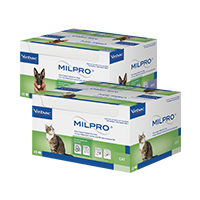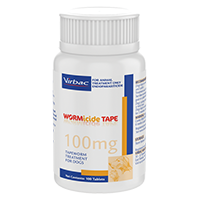.jpg)
How to eliminate fleas in your home
Fleas, the #1 enemy of our pets, live part of their lifecycle on the pets and the rest of the time in their immediate environment. This means that to effectively eliminate fleas, you must address both your pet and their living areas simultaneously.
If the environment is highly contaminated, even continuous treatment of your pet will not prevent re-infestations that may last several months after the start of treatment.
Flea control is a year-round commitment, but spring is a critical time for prevention. As temperatures rise and humidity increases, the flea life cycle accelerates, making it the prime season for infestations to explode.
A single adult female flea can lay up to 50 eggs per day. These eggs fall off your pet and into your home's environment—carpets, bedding, and furniture. They quickly hatch into larvae, which then develop into pupae. This pupal stage is the most resilient, as fleas can remain dormant and protected in their cocoons for up to six months, waiting for the right conditions to emerge. The entire life cycle, from egg to adult, can be completed in as little as one month.
-
Target the Environment: To eliminate the source of re-infestations, you must treat your home. Use specific flea control products designed to kill both adult fleas and their immature stages (eggs and larvae). These products are crucial for breaking the life cycle.
-
Use Mechanical Measures: Regular and thorough vacuuming is a highly effective mechanical measure. Vacuuming removes eggs, larvae, and pupae from carpets and other surfaces, physically reducing the environmental flea population. Hot washing your pets bedding can also help kill eggs and larvae.
By treating both your pet and their environment, you can effectively break the flea life cycle and prevent persistent re-infestations.
The life cycle of a flea takes place mainly on the pet but also in his environment. In houses, this life cycle lasts around 1 month and takes place mostly ‘outside’ the dog.




